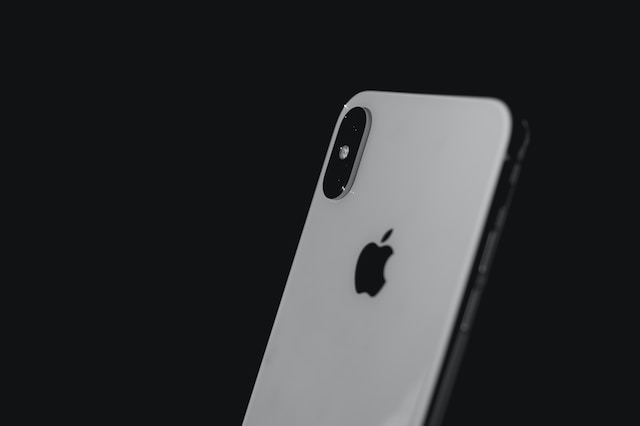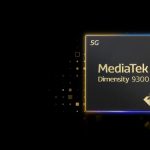Apple’s Latest SoC Raises the Bar in Single-Core Performance but Lags in Multi-Core Prowess
In an unexpected turn of events, some of the most powerful CPUs now face competition, not from their desktop or laptop counterparts, but from a mobile System-on-a-Chip (SoC). The recent Geekbench 6 scores reveal this intriguing development. Apple’s newly unveiled A17 Pro chip, introduced during the September 2023 Apple event and featured in the iPhone 15 Pro and Pro Max, is going head-to-head with AMD and Intel. However, there’s a catch.
Yes, it’s for real. The Geekbench 6 test awards the A17 Pro chip an impressive score of 2,914 in single-core operations, an astounding achievement for a component destined for a smartphone. Nonetheless, the leap in generational performance is not as astonishing as one might expect. The previous-generation A16 Bionic chip lags behind by only about 10% in terms of single-threaded performance. It’s worth noting that the A17 Pro is built using TSMC’s 3nm technology, whereas the A16 Bionic relies on a 5nm fabrication process, also courtesy of TSMC.
This level of single-core performance is sufficient to challenge Intel’s Core i9-13900K and AMD’s Ryzen 9 7950X. According to reports from Tom’s Hardware, the Core i9-13900K achieves an average score of 3,223 points in single-threaded tasks, while the Ryzen 9 7950X closely follows with a score of 3,172. Remarkably, this impressive single-core performance is achieved at significantly lower clock speeds. The A17 Pro tops out at 3.75GHz, whereas Intel and AMD CPUs can reach just under 6GHz when overclocked.
But does this mean that the A17 Pro is truly comparable to these formidable processors? Not entirely, and there are several reasons why. A closer look at the multi-core test reveals where this SoC falls short compared to full-fledged desktop chips.
In the multi-core test, the A17 Pro averages 7,199 points. In contrast, the Core i9-13900K scores a whopping 22,744 points, and the Ryzen 9 7950X is once again close behind at 22,240 points. Both desktop processors also boast significantly higher core counts. Apple’s iPhone chip utilizes a hybrid architecture with two performance cores and four efficiency cores. Intel’s top-tier Raptor Lake processor, on the other hand, features two core types, but in far greater numbers: eight P-cores and 16 E-cores, totaling 24 cores and 32 threads.
Overall, the multi-core performance gains for the A17 Pro SoC are less impressive. It only leads by approximately 3% compared to the previous-generation A16 Bionic. This suggests that the architecture of the new chip remains largely unchanged. Nevertheless, even if the A17 Pro’s actual performance can’t quite match that of a high-end desktop chip, this comparison underscores the increasing importance of multi-core performance in today’s computing landscape.










